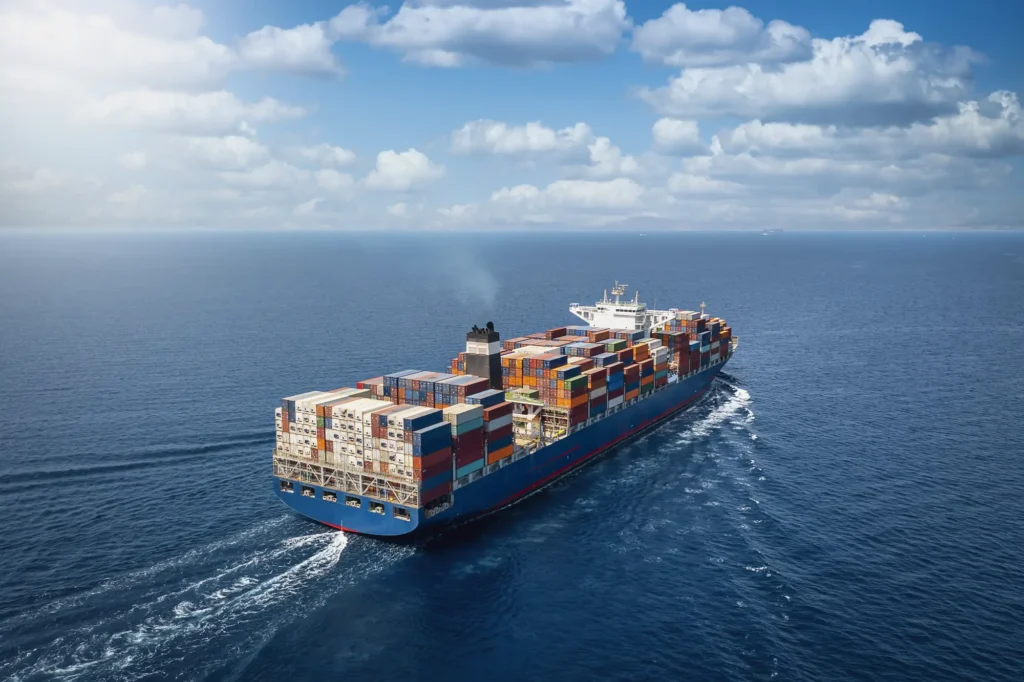The RISMAN Method
The RISMAN method is a well-regarded approach in risk management that focuses on systematically identifying, analyzing, and controlling risks. It highlights two critical factors:
- Probability – the likelihood of a risk event occurring.
- Impact – the potential effect on project objectives, such as cost, time, quality, or safety, if the risk event occurs.
By assigning a numerical score to both probability and impact, the RISMAN method allows project teams to calculate a risk score for each identified risk. This score helps the team understand which risks are more significant and require immediate attention, as well as which ones can be monitored with lower priority.
Using the Risk Scores to Prioritize
After calculating risk scores using the probability and impact values, the scores can be plotted on a risk matrix. This matrix helps to visually prioritize risks into categories such as:
- Very High Probability & High Impact (e.g., a highly likely and severe budget overrun) should be top priority, requiring immediate mitigation.
- Medium Probability & Medium Impact (e.g., moderate quality issue with a fair chance of occurring) should be monitored and managed with proactive measures.
- Low Probability & Low Impact (e.g., minor environmental effect with low likelihood) might require basic monitoring but minimal intervention.
This quantification and prioritization enable the project team to focus resources where they are most needed, ensuring that high-impact, high-probability risks are managed efficiently and proactively. By using the RISMAN method, the team not only safeguards project goals but also enhances overall project resilience by creating a structured, prioritized risk management strategy.
Probability Scores (5-Point Scale)
- Very Low (1) – 0–20% chance of occurring
- Low (2) – 21–40% chance of occurring
- Medium (3) – 41–60% chance of occurring
- High (4) – 61–80% chance of occurring
- Very High (5) – 81–100% chance of occurring
Impact Examples by Category
1. Time Impact
- Low Impact: Delays due to minor issues, such as a short weather-related delay, extending the project timeline by 1–2 days.
- Medium Impact: Moderate delay due to supplier delays, adding 1–2 weeks to the project.
- High Impact: Significant delay due to a key resource shortage, potentially adding 1–2 months to the timeline.
2. Finance Impact
- Low Impact: Small unanticipated expense due to minor repair costs, increasing the budget by 1%.
- Medium Impact: Unexpected currency fluctuation causing moderate project cost overruns, increasing costs by 10%.
- High Impact: Critical budget overrun due to substantial redesign requirements, pushing costs up by 25% or more.
3. Quality Impact
- Low Impact: Minor quality issue that can be resolved with minimal rework, affecting less than 5% of output.
- Medium Impact: Moderate quality concern, such as a design flaw that affects 20% of the project, requiring significant but manageable rework.
- High Impact: Major quality defect impacting core functionality, risking the usability of 50% or more of the final product.
4. Reputation Impact
- Low Impact: Minor delay in communication with stakeholders, causing brief inconvenience with negligible long-term impact.
- Medium Impact: Moderate issue, such as a delay in delivery, leading to customer complaints and affecting reputation for a few months.
- High Impact: Severe incident, such as a significant product failure in the market, potentially damaging the brand for years.
5. Environmental Impact
- Low Impact: Minor environmental effect, such as increased noise levels during construction, which is easily mitigated with temporary solutions.
- Medium Impact: Moderate impact, such as a chemical spill that requires cleanup and additional regulatory checks but has limited long-term effects.
- High Impact: Significant environmental impact, such as large-scale soil or water contamination, resulting in long-term environmental remediation efforts.

